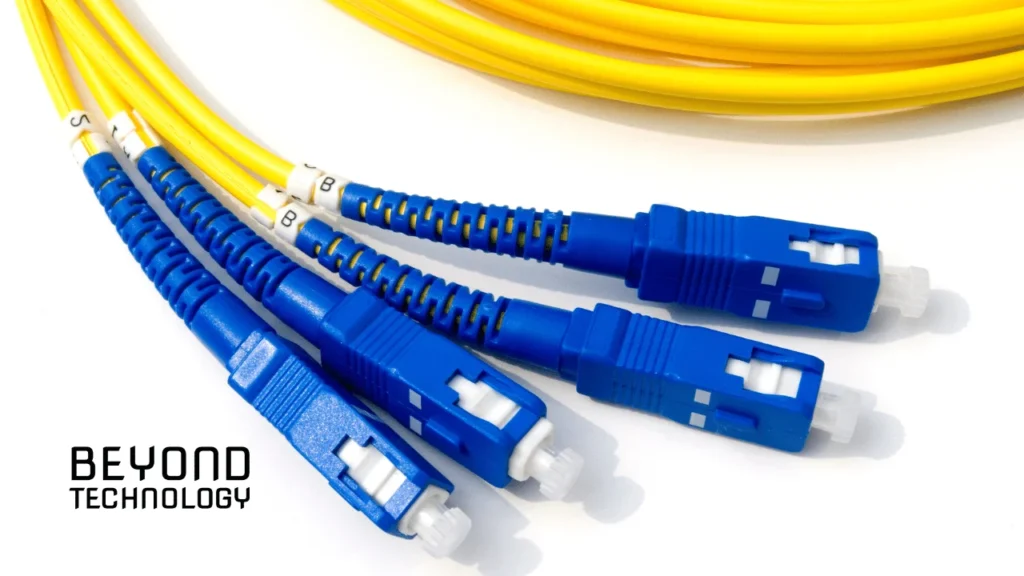Choosing a communication network is a strategic decision that can significantly impact a business’s performance and competitiveness. While traditional networks have been a cornerstone for decades, the emergence of optical networks has transformed the landscape with advantages in speed, capacity, and scalability. Assessing both options is crucial to determine which aligns best with your organization’s needs.

Why Is speed essential in modern networks?
Speed is one of the most critical factors in the performance of a business network. Traditional networks, based on copper cables, face limitations in data transmission as demand increases, particularly in corporate environments with constant high data volumes.
In contrast, optical networks excel by offering significantly higher speeds, thanks to data transmission through glass fibers using light. This minimizes latency, even over long-distance connections. Such capabilities are especially valuable for businesses relying on real-time processes or large data transfers.
Increase data transmission capacity to meet business demands
In today’s context, where cloud applications, streaming, and high-definition communication are essential, having a network that can handle high traffic volumes is indispensable. Traditional networks often face congestion as the number of users or connected devices grows.
In contrast, optical networks offer much greater transmission capacity, making them ideal for businesses seeking expansion without worrying about infrastructure limitations. This level of efficiency ensures seamless information flow and uninterrupted operations.
Scalability: The backbone of a future-ready network
As businesses grow, technological infrastructure must evolve to keep pace. In this regard, optical networks far outshine traditional ones. While copper-based networks may require costly and disruptive upgrades, fiber optics provide an inherently scalable solution.
With minimal adjustments, it is possible to increase network capacity and adapt to new demands. This makes optical networks a long-term investment that not only meets current needs but also prepares businesses for future technological challenges.
In conclusion, choosing an optical network can make the difference between merely meeting operational requirements and establishing a robust infrastructure ready for innovation. If you want to learn more about implementing optical network solutions in your business, contact Beyond Technology. Speak to one of our experts and discover how to transform your connectivity.

